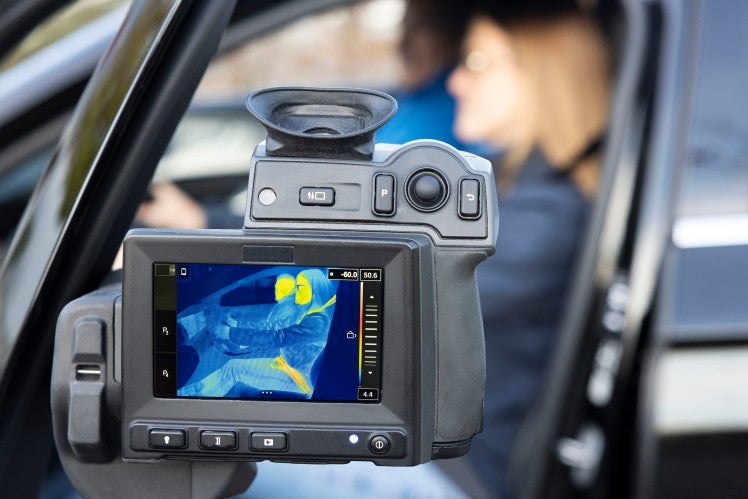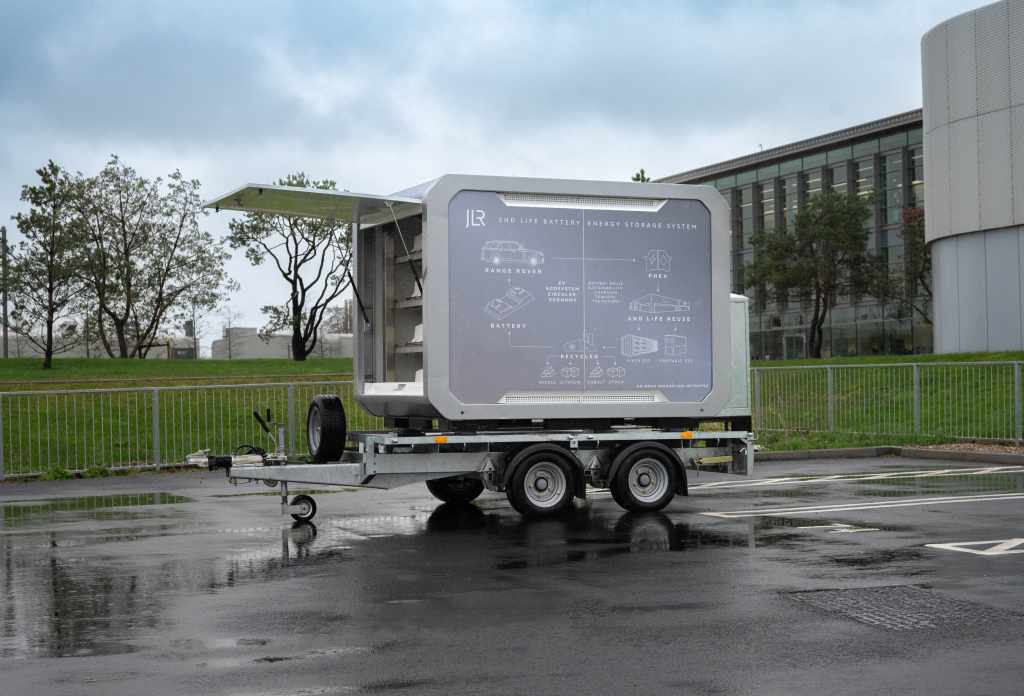
ZF says it has developed a heated seat belt option for electric vehicles. The technology allows drivers to reduce the energy used to heat the vehicle — especially in combination with other contact heaters such as a seat heater.
ZF claims that during cold weather, the system may increase range by up to 15 percent by reducing the energy required to heat the interior of the vehicle.
The ZF heated seatbelt is based on a special webbing with integrated heating conductors that minimally increase the thickness of the webbing. This makes integration easier for vehicle manufacturers and offers occupants the same comfort as normal seatbelt webbing, the company says.
The heated belt is designed to provide occupants with a uniform feeling of warmth close to the body.
See Also:
In combination with heated seats, the heated seat belt has the potential to provide occupant comfort quickly, ZF says.
How well do you really know your competitors?
Access the most comprehensive Company Profiles on the market, powered by GlobalData. Save hours of research. Gain competitive edge.

Thank you!
Your download email will arrive shortly
Not ready to buy yet? Download a free sample
We are confident about the unique quality of our Company Profiles. However, we want you to make the most beneficial decision for your business, so we offer a free sample that you can download by submitting the below form
By GlobalDataIn electric vehicles, the climate control system is powered by battery current, as there is no usable waste heat as with the combustion engine. Reducing the amount of battery current used to heat the interior of the vehicle may enable a range gain of up to 15 percent using contact heaters and reducing the usage of conventional climate control systems.
ZF says the heated belt also behaves like a conventional seatbelt and its operation is also identical.
ZF used a special textile processing method for this innovation. The heating conductors are woven into the seat belt structure. The contact elements for the electrical heating circuits are positioned in such a way that they do not interfere with belt operation or retraction. Special belt retractors at other installation positions are not necessary. Since all relevant characteristics of the seat belt remain the same, there are not any added procedures or qualifications for the OEM.
The heated seat belt is in no way inferior to its conventional counterparts in terms of occupant protection, ZF says.





